Search Articles
Browse Content (p. 79)

Interview
Game Interview: Old World by Mohawk Games
In this article, we interview the creators of Old World, the new upcoming game by Mohawk Games. We are here with Leyla Johnson, the head writer of the game and CEO, and Soren Johnson, who is the creative director. Jan (Ancient History Encyclopedia...
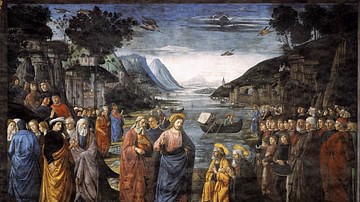
Article
The First Christian Missionaries
According to Luke's Acts of the Apostles, the last thing Jesus did before he bodily ascended to heaven was to commission the disciples to 'witness' to his teachings. 'Disciple' meant 'student' and was derived from the various schools of philosophy...
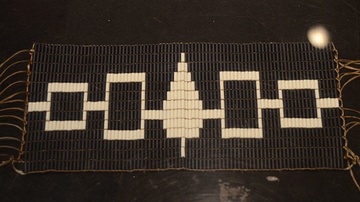
Article
Origins of the Haudenosaunee (Iroquois) Confederacy
The Haudenosaunee, also known as the Iroquois Confederacy, Iroquois Five Nations, or the Iroquois League, was one of the most powerful Native American polities north of the Rio Grande. They arrived in the historical record in the 16th-century...
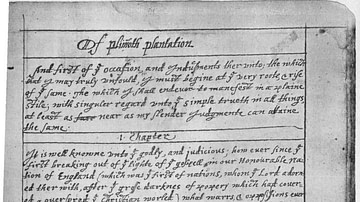
Article
Of Plymouth Plantation: Brief Summary & History
Of Plymouth Plantation (also known as History of the Plymouth Plantation and William Bradford's Journal, written 1630-1651 CE) is the first-hand account of William Bradford (l. 1590-1657 CE), second governor of the Plymouth Colony (1620-1691...
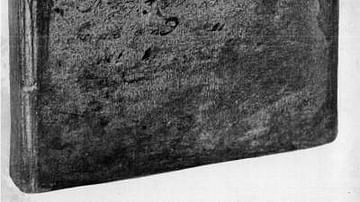
Article
Excerpts from Bradford's Of Plymouth Plantation
William Bradford's Of Plymouth Plantation is the first-hand account of the voyage of the ship Mayflower, founding of Plymouth Colony in modern-day Massachusetts, and the further colonization of the region of the United States now known as...

Article
Parthian-Scythian Relations
While little is written about Parthian-Scythian relations, not only did the Parthians share origins with the Scythians and cooperated militarily but social, cultural, and commercial interactions were likely as well. Essentially leading a...
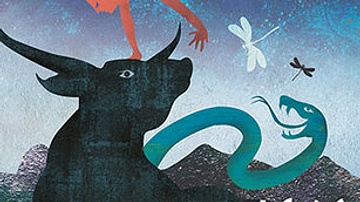
Interview
Interview: Dragonfly Song by Wendy Orr
In this interview, Ancient History Encyclopedia is talking to Wendy Orr about her first historical fiction novel set in the Aegean Bronze Age, Dragonfly Song. Kelly Macquire (AHE): Wendy, thank you for joining me! Do you want to start off...
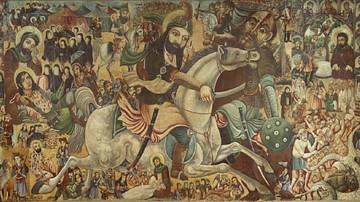
Article
Battle of Karbala
The Battle of Karbala (10 October 680 CE) was a small-scaled military engagement, fought near the river Euphrates, in modern-day Iraq, which saw the massacre of heavily outnumbered Alid troops under the command of Husayn ibn Ali (l. 626-680...

Article
Gothic Cathedrals: Architecture & Divine Light
Gothic cathedrals are some of the most recognizable and magnificent architectural feats. With soaring towers and softly filtered light streaming through stained glass windows, everything about the Gothic cathedral is transportive and ethereal...

Article
Lost Civilisations of Anatolia: Göbekli Tepe
Göbekli Tepe is the world's oldest example of monumental architecture; a 'temple' built at the end of the last Ice Age, 12,000 years ago. It was discovered in 1995 CE when, just a short distance from the city of Şanliurfa in Southeast Turkey...